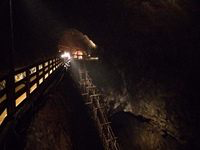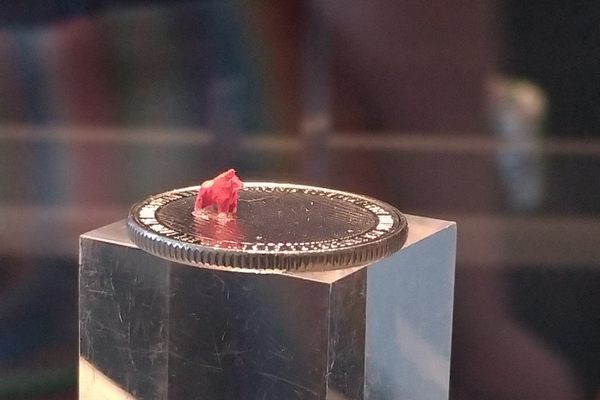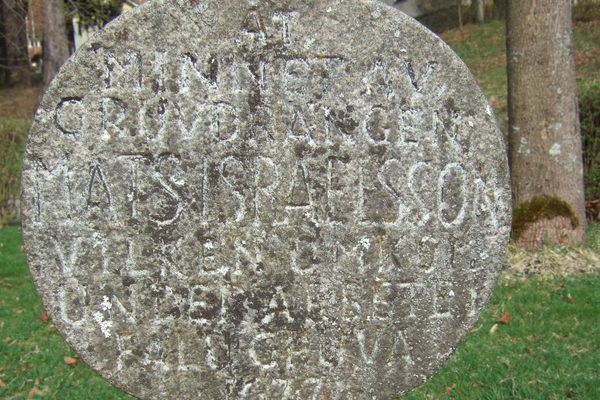Falu Gruva (Falun Mine)
A centuries-old copper mine that once provided two thirds of the world's copper supply.
The Falun Mine used to be considered the treasure trove of Sweden. It was not gold or silver that the people were after there, but copper, a valuable material that was used for everything from cooking supplies to religious items.
The mine was started around the ninth century, allegedly after a goat pointed locals to it by one day coming home with red material on its fur. The metals found there made the area rich and prosperous, and Falun grew into one of Sweden’s largest and most influential cities. From the Middle Ages through the late 1600s, the mine had a near-complete monopoly on the world’s supply of copper.
Sweden even managed to mitigate its economic crisis when it was deprived of its stocks of silver and gold due to wars. It introduced its first copper coins in 1624, minted from the copper extracted in Falun. By using the Swedish copper to produce domestic coinage.
The miners dug too deep, however, and in 1687 the mine suffered a massive collapse called the “Big Stöten” or “Big Shock.” A section 2,000 feet across collapsed into a 300-foot-deep hole. Miraculously, nobody died, as it happened during the Swedish midsummer celebration.
In addition to the metal, the mine provided the red paint that traditionally covers Swedish cabins and Dalarna horses. This paint was made with the waste sludge from the mine, and it remains in production today.
Although the collapse slowed production, it did not stop the mining work from continuing until 1992. In 2001, the mine was designated as a UNESCO World Heritage Site, and was opened to the public with a museum, visitors center, and tours to certain parts of the mine.
In the museum one can learn about the mine’s history and mining in general. During the tour, visitors descend more than 200 feet below ground into a 17th-century section of the mine that connects to more recent parts.
Know Before You Go
See the mine's site for opening times and prices, as they vary based on your age, student status, etc. Access to the grounds is free, the museum will be around 100 SEK per person, and the tour will be around 240 SEK per person.
Email ahead for the possibility of tour in English.





















Follow us on Twitter to get the latest on the world's hidden wonders.
Like us on Facebook to get the latest on the world's hidden wonders.
Follow us on Twitter Like us on Facebook